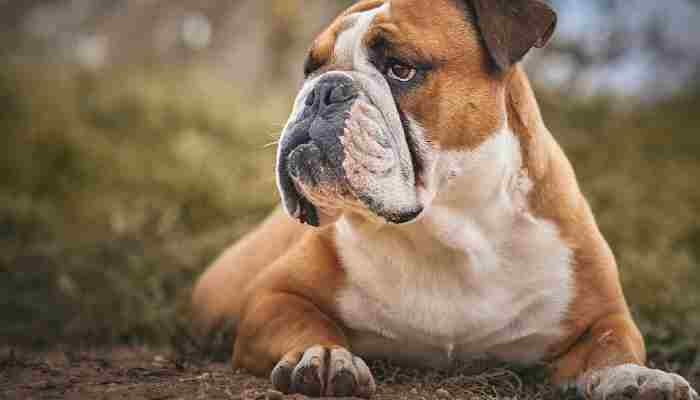When it comes to selecting a furry companion, the allure of flat-faced dog breeds, also known as brachycephalic dogs, cannot be denied. With their charming squashed faces and endearing personalities, breeds like the Bulldog, Pug, and French Bulldog have captured the hearts of many dog lovers. However, beneath their adorable exteriors lie a range of unique challenges and considerations that prospective owners must thoroughly understand.
Understanding the Brachycephalic Anatomy
Brachycephalic dogs are characterized by their distinctive flat or pushed-in faces, which result from shortened upper jaws and nasal passages. While these features contribute to their irresistible appearance, they also bring about a host of health-related challenges that owners must be prepared to address.
Breathing Difficulties
One of the most significant concerns with brachycephalic breeds is their susceptibility to breathing problems. Their narrowed airways and elongated soft palates often lead to conditions like brachycephalic obstructive airway syndrome (BOAS). Affected dogs may exhibit loud and laboured breathing, especially during exercise or in warm weather, which can result in discomfort and even distress.
Heat Sensitivity
Due to their compromised breathing, flat-faced dogs are exceptionally sensitive to heat. They struggle to regulate their body temperature efficiently and can quickly succumb to heatstroke. As a responsible owner, it’s essential to exercise extreme caution during hot weather, ensuring that your furry friend remains cool and hydrated.
Dental and Grooming Challenges
Brachycephalic breeds often have dental issues, with crowded teeth being a common problem. Regular dental care is crucial to maintain their oral health. Moreover, their facial wrinkles require meticulous cleaning to prevent skin infections, and their eyes are prone to issues like corneal ulcers due to prominent, protruding eyes.
Exercise and Activity Levels
Contrary to their cute and lazy image, many flat-faced dogs are quite active and enjoy playtime. However, they must be exercised with care, avoiding strenuous activities that could exacerbate their breathing difficulties. Short, frequent walks and indoor playtime are often recommended.
Lifestyle Adaptations
Owning a flat-faced dog may necessitate lifestyle adaptations. These dogs are not well-suited for strenuous physical activities, and they may struggle in hot, humid climates. Travel arrangements, such as air travel, should also be carefully considered due to their breathing limitations.
Choosing a Responsible Breeder
To mitigate the health risks associated with flat-faced breeds, it is imperative to select a responsible breeder who prioritizes the health and well-being of their dogs over appearance. Reputable breeders will conduct health tests on their breeding dogs and adhere to ethical breeding practices.
Owning a flat-faced dog can be a rewarding experience, but it comes with a unique set of responsibilities and considerations. It’s essential to weigh the adorable appeal of these breeds against the potential health challenges they may face throughout their lives. If you decide to bring a brachycephalic dog into your home, be prepared for regular veterinary care, dental maintenance, and cautious management of their physical activities. By making an informed choice and committing to their well-being, you can ensure a happy and healthy life for your charming, flat-faced companion.




